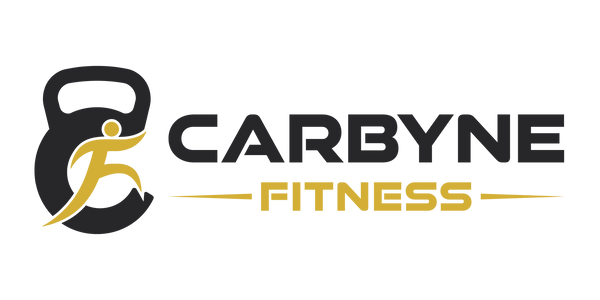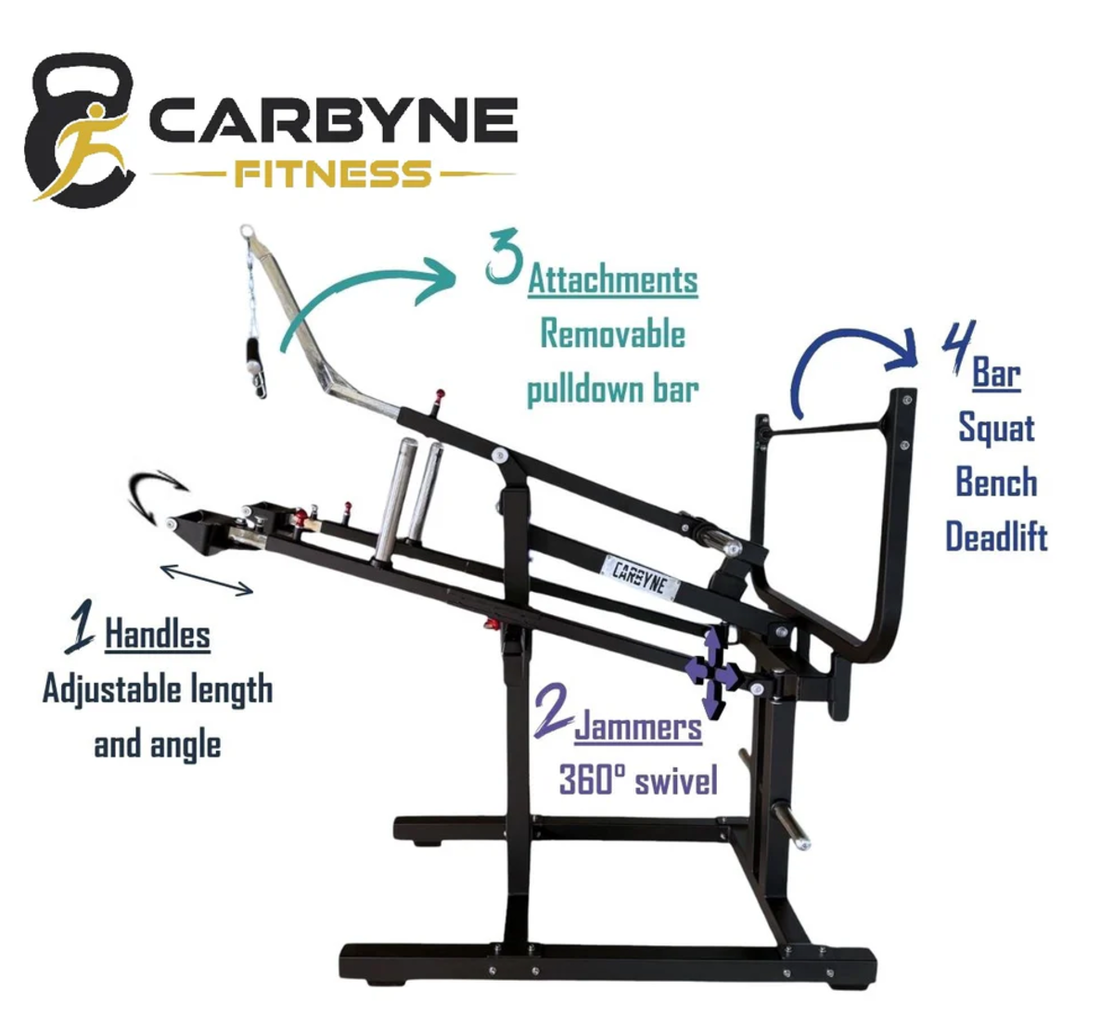Have you ever tried to fit a full body workout into 45 minutes and found that you forgot about your legs altogether? The same routine that hits everything properly takes forever when you're juggling multiple machines and free weights. This is where a plate-loaded functional trainer turns your training game inside-out.
This multi-purpose machine can provide highly specific muscle-building exercises focused on your chest, back, and legs in one small footprint. No more running back and forth between machines.
What Makes Functional Trainer Exercises So Effective?
A functional trainer provides consistent tension on every move, unlike conventional weights, where resistance varies at different points. The mechanism is a smoothly controlled load that makes your muscles work through until the end. This chronically elevated tension will lead to enhanced muscular growth and increased general activation of the muscle.
There is a readily adjustable pulley arrangement that enables you to work on muscles at different angles. You can mount cables, low, high, and at mid-level, so that they can engage different parts of the same muscle group. This adaptability translates to improved muscle building and a lower potential of developing imbalances.
Essential Cable Attachments for Maximum Results
Different attachments unlock specific exercises for each muscle group. A lat bar attachment targets your back muscles effectively during pulldowns and rows. The tricep rope works perfectly for arm isolation movements. D-handle straps provide excellent versatility for single-arm exercises and chest movements.
An ankle strap opens up leg exercise possibilities that target glutes, hamstrings, and calves. These attachments transform one machine into a complete gym setup. The right combination gives you everything needed for comprehensive muscle targeting.
Chest Exercises That Build Mass
Cable Chest Press
Position yourself facing away from the machine with handles at chest height. Push the cables forward whilst maintaining a slight forward lean. This movement targets your entire pectoral region whilst engaging stabilising muscles for better overall development.
Cable Flyes
Set cables at chest height and grab the handles with arms slightly bent. Bring your hands together in a wide arc motion. This isolation exercise specifically targets chest muscles without involving your triceps heavily.
Single-Arm Cable Chest Press
Using one handle, press forward whilst your core works overtime to maintain balance. This unilateral movement helps correct muscle imbalances between your left and right sides.
Back Exercises for Width and Thickness
Lat Pulldowns
Attach the lat bar to the high pulley and pull down to your chest. This exercise builds the wide, V-shaped back that creates an impressive silhouette. Focus on pulling your elbows down and back rather than just moving the weight.
Cable Rows
Set the cable at mid-height and pull the handle to your torso. Rows build back thickness and improve posture by strengthening the muscles that pull your shoulders back. Keep your chest up and squeeze your shoulder blades together.
Single-Arm Rows
Using a D-handle, row with one arm whilst stabilising with the other. This allows you to work each side independently and use a greater range of motion.
Leg Exercises That Work
Cable Squats
Face the machine and hold the cable at chest level, then squat down whilst maintaining tension. The cable assists and allows for a more controlled movement pattern, making it excellent for learning proper squat form.
Romanian Deadlifts
Set the cable low and perform RDLs by hinging at your hips. This targets your hamstrings and glutes effectively, whilst the cable provides consistent resistance throughout the movement.
Cable Pull-Throughs
Stand facing away from the machine with the cable between your legs. Pull through by driving your hips forward, targeting your glutes and hamstrings powerfully. This exercise teaches proper hip hinge mechanics.
How We Help Transform Home Gyms
At Carbyne Fitness, we understand the challenge of creating an effective home gym in limited space. Our CARBYNE Plate-Loaded Functional Trainer delivers over 200 exercise variations in one compact machine. The robust steel construction handles up to 200kg of weight plates, growing with your strength gains.
We also provide the main accessories, such as the knurled bars, rotating lat pulldown bars, and rotating handles, so you would be able to start training at once. Its small size makes it easy to fit into a garage gym, spare room, or even outdoors, yet it does not sacrifice on exercise variety.
Our clients constantly note that they are more likely to train regularly due to having all the necessary equipment they need in one place. No more excuses about crowded gyms or missing equipment. The one-year warranty backs our confidence in build quality, and our assembly service gets you training faster.
Sample Workout Structure
Chest Focus Days:
- Cable chest press: 4 sets of 8-10 reps
- Cable flies: 3 sets of 12-15 reps
- Single-arm chest press: 3 sets of 10 per arm
Back Development Days:
- Lat pulldowns: 4 sets of 8-10 reps
- Cable rows: 4 sets of 10-12 reps
- Single-arm rows: 3 sets of 12 per arm
Leg Training Sessions:
- Cable squats: 4 sets of 12-15 reps
- Romanian deadlifts: 4 sets of 10-12 reps
- Cable pull-throughs: 3 sets of 15 reps
Progressive Overload Made Simple
Progression is easily achieved through the plate-loaded system. Increase weight in small increments as you become stronger. The 1:1 ratio implies that each plate you add will become an equivalent amount of resistance, with you having close control over resistance increments.
Log your weights and repetitions so that you see regular gains. Begin with easy resistance and practice perfect form before adding more plates.
FAQ
Q: Is it true that free weights are not necessary when it comes to major muscle groups because a functional trainer can serve the purpose?
A: Yes, functional trainers are effective in offering resistance training to all key muscle regions. The instability and multi-plane availability usually lead to improved muscle stimulation, as compared to conventional dumbbells.
Q: How much weight is a beginner supposed to start with?
A: Begin by half the number of your bodyweight on upper body exercises and two-thirds of your bodyweight on lower body exercises. Concentrate on form and add resistance later.
Q: How frequently do I need to exercise muscle groups?
A: Strength training of all major muscle groups should be performed 2-3 times per week, with not less than 48 hours between the exercises of the same muscle group.
Chest, back, and leg training, along with a functional trainer, gives an example of a comprehensive physique-building regimen. A quality progression of frequent training, however, is what provides the strength increases and muscle gains that you seek. Its flexibility and productivity put it in the category of an amazing investment, especially for dedicated home fitness players.

